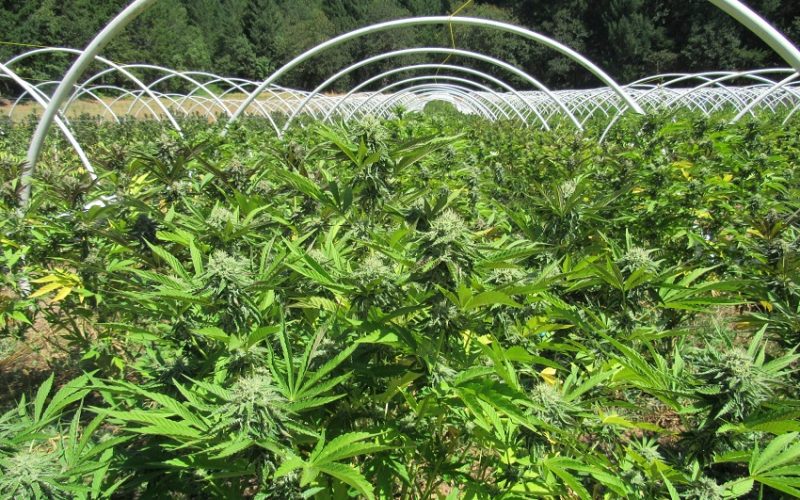Salem, OR – Oregon has spent $46 million in recent years in an attempt to curb its flourishing black market for cannabis. Despite the substantial investment, state officials are finding it difficult to measure the effectiveness of their efforts. With the cannabis market still heavily influenced by illicit sales, questions are being raised about the efficiency of the state’s strategy and whether the resources allocated to the fight are yielding real results.
Since the legalization of recreational cannabis in Oregon in 2014, the state has faced a persistent challenge in managing the balance between a legal market and its black market counterpart. Initially, the legal market saw rapid growth, but it wasn’t long before illegal cannabis sales began to take root. Many of these black market transactions involve unlicensed growers and distributors, as well as individuals selling outside the regulated market. The state’s response has been multi-pronged, involving everything from enhanced law enforcement efforts to tracking systems designed to monitor the flow of cannabis.
However, these measures have not always delivered the desired results. Oregon has struggled with an oversupply of legal cannabis, leading to lower prices in both the legal and illegal markets. This glut of product, combined with high taxes on legal sales, has made the black market more appealing to some consumers, who find the illicit cannabis both more affordable and more accessible.
The state’s $46 million investment in combating the black market has been allocated to various initiatives. Law enforcement agencies have stepped up their efforts to crack down on unlicensed grows, with some raids netting large quantities of illegal cannabis. Additionally, officials have implemented new tracking systems to monitor the distribution of cannabis from licensed producers to retail outlets, aiming to prevent diversion to the black market. Yet, despite these efforts, the illegal cannabis trade persists, and state officials admit that they cannot definitively say whether the funding has significantly reduced black market activity.
One of the major hurdles is the ever-evolving nature of the illegal market itself. Black market operators are adept at finding new ways to evade detection, using methods such as selling cannabis through unregulated online platforms or operating in neighboring states where cannabis remains illegal. Furthermore, the high cost of maintaining regulatory systems, along with the competition posed by illegal products, continues to challenge the sustainability of the legal cannabis industry.
“The legal market is still struggling with high taxes and regulatory burdens that make it difficult for legitimate businesses to compete with illicit sellers,” said one industry expert, who spoke on the condition of anonymity. “Until there’s a way to make the legal market more attractive to consumers—through lower prices, less taxation, and better enforcement—we’ll continue to see this issue persist.”
Despite the ongoing challenges, there are some signs of progress. State authorities have reported fewer instances of large-scale illegal grows compared to previous years, and some regions have seen a decrease in black market activity. However, experts caution that this may not be directly attributable to the $46 million investment, but rather a combination of factors, including changes in the national cannabis landscape and shifting demand for illicit products.
Ultimately, Oregon’s struggle to tackle the black market for cannabis highlights the complexities of managing a legal market alongside an entrenched illegal one. With neighboring states like California, Washington, and Idaho still grappling with similar issues, Oregon’s experience may offer valuable lessons for other states navigating the intersection of legalization and illicit trade.
As for Oregon, officials remain committed to the fight, but the state’s inability to definitively measure the success of its efforts raises important questions about the true costs and benefits of such a significant investment. The challenge now is determining whether more money and enforcement can overcome the deeply ingrained black market or if other strategies, such as lowering taxes or addressing oversupply, will prove more effective in the long run.











